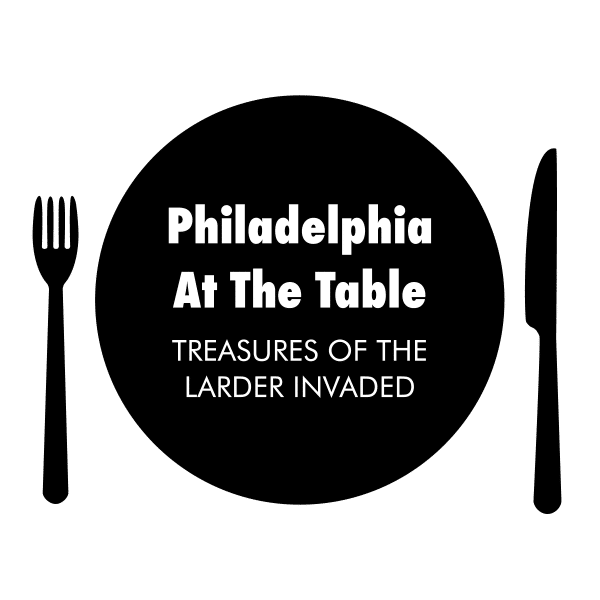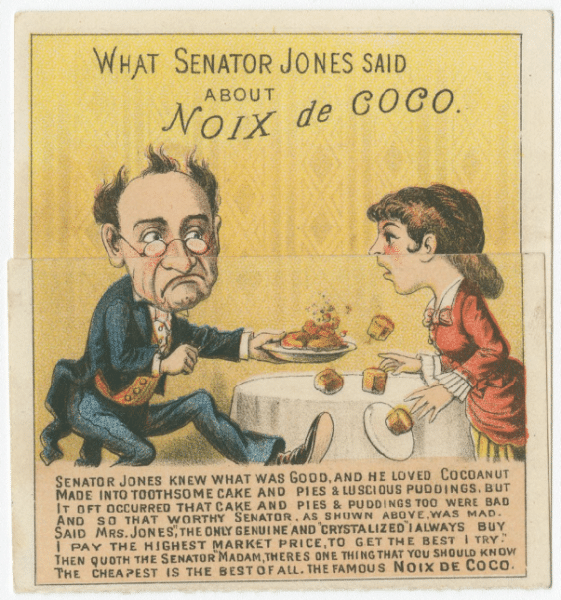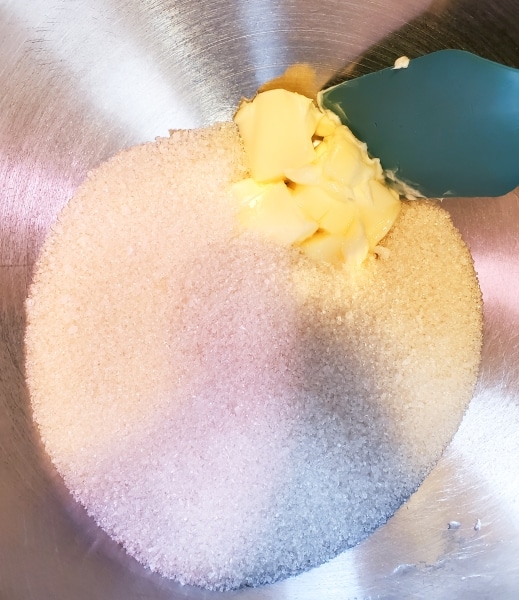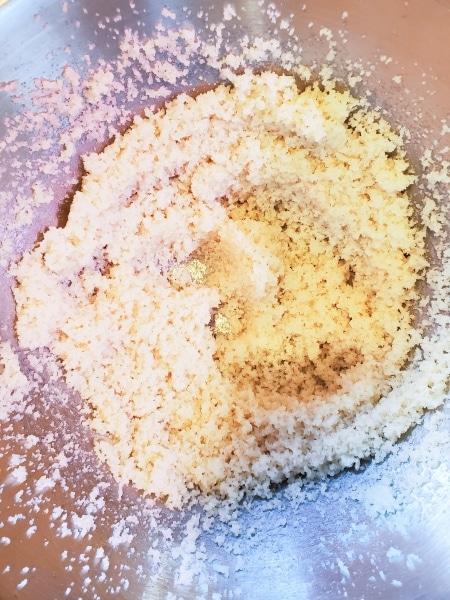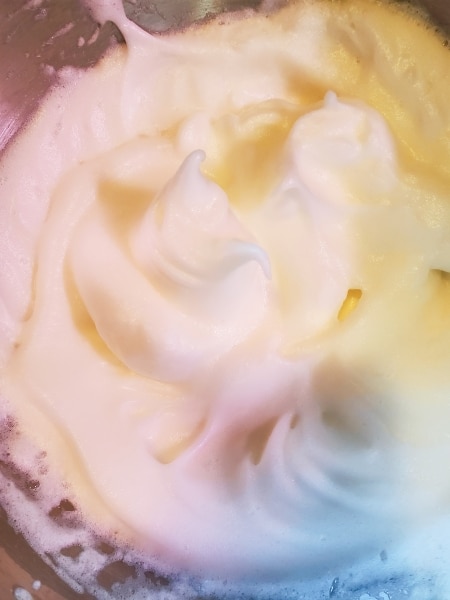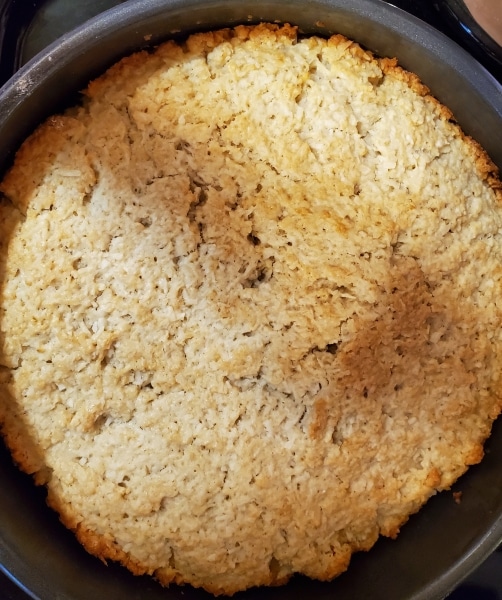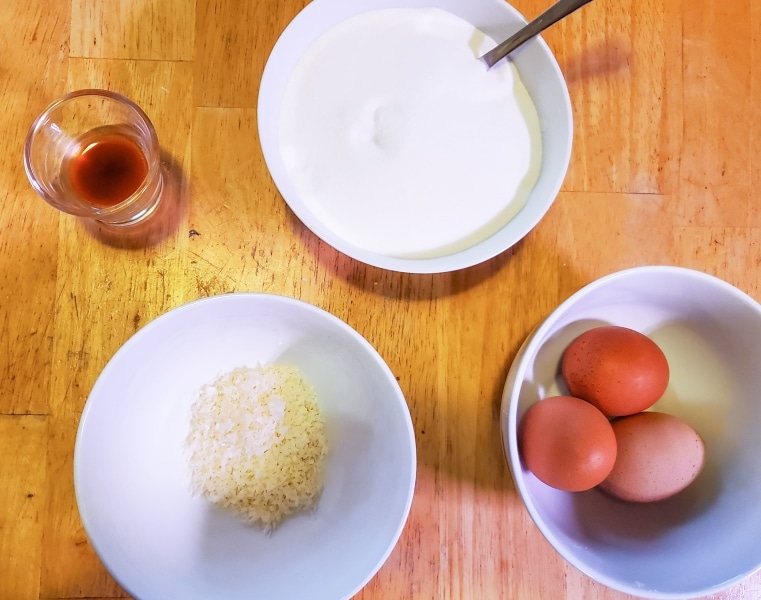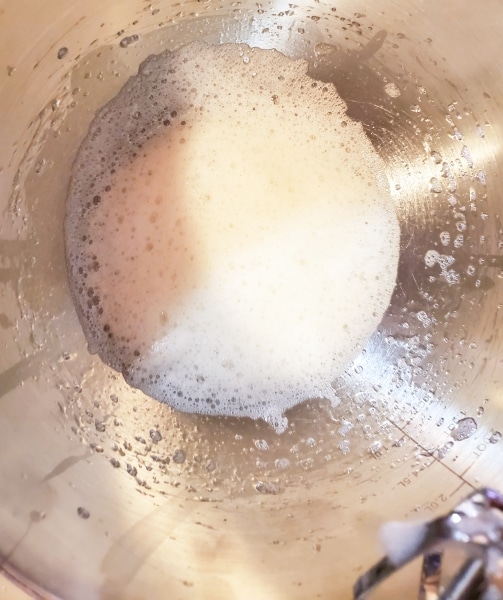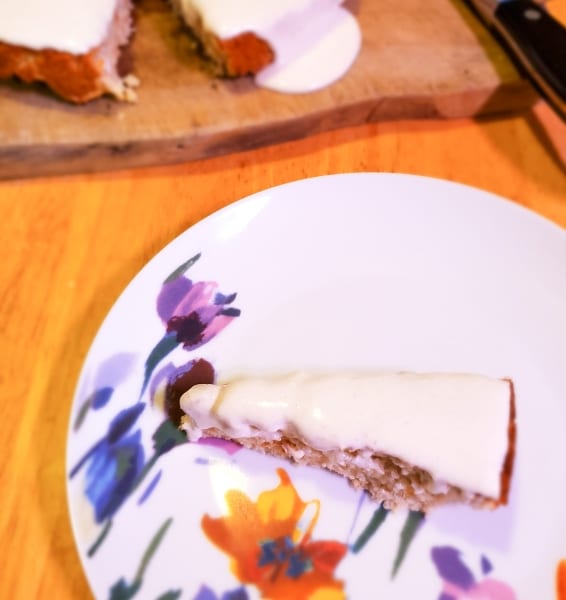Cocoa-nut Cake
Katie Maxwell, Visitor Services Coordinator
On Tuesday, May 17, Dr. William Woys Weaver and I will begin our three-part in-person seminar, Philadelphia at the Table: Treasures of The Larder Invaded with The Menu: Culinary Text or Social Commentary? This session will delve into the Library Company’s menu collection and what it can tell us about the social culinary experience in the 19th century. The second session focuses on trade cards and the third session will explore innovation exhibited at the 1876 Centennial Exhibition, America’s first official World’s Fair.
Recently I’ve been attempting to recreate dishes that appear on the menus we will be featuring at the first session. Today, however, I decided to switch gears and focus on the second session, Trade Cards: The Eye Eats First (Tuesday, May 31). Trade Cards are a fascinating slice of ephemera. Recent advances in color lithography meant that brightly-colored chromolithographs could be mass produced. Businesses of all types used them to market their wares and services, and members of the public collected them.
I was inspired by this metamorphic trade card,
To tackle coconut cake, or “cocoa-nut cake” as it is spelled by Mary Foote Henderson. I am consulting Henderson’s 1877 book, Practical Cooking and Dinner Giving for this recipe which she credits to “Miss Emma Witt, of Cleveland.”
Ingredients: One-half coffee-cupful of butter, two small teaspoonfuls of cream of tartar, two and one-half coffee-cupfulls of sugar, one teaspoonful of soda, four and one-half coffee-cupfuls of flour, two grated cocoa-nuts, one coffee-cupful of sweet milk, the whites of seven eggs.
Reserve a large handful of the grated cocoa-nut to sprinkle on the frosting. This cake looks most beautiful mixed with fruit-cake in a cake basket.
This appears to be not so much a recipe as a list of ingredients that requires a bit of deciphering. Elsewhere in the book, Henderson lists simply “cups” as a unit of measurement. A “coffee-cupful” must be its own unit of measurement. Since some coffee makers list 6 oz as one cup of coffee, I’m going to just go with that. (I could be very wrong.) I’ll use a standard teaspoon measurement for each of the “two small teaspoonfuls of cream of tartar.” Aside from the fact that I can’t find fresh coconuts at any of my local grocery stores, I think it makes sense to use desiccated coconut since that is what is advertised on the trade card. A column in the New Zealand Herald recommended soaking 300 (10.6 oz) grams of desiccated coconut in water to imitate 500 (17.6 oz) grams of fresh coconut/two coconuts. Sweet milk indicates fresh milk as opposed to buttermilk.
Here is the adapted list of ingredients:
3 oz butter
2 tsp cream of tartar
15 oz sugar (I used cane sugar)
1tsp baking soda
1 lb, 11 oz flour
6 oz milk
10.6 oz shredded, unsweetened coconut; measured dry then soaked and drained
Once again, I could be wrong about any number, or all of these adaptations.
Since Miss Witt has chosen chaos and not included any directions, I will try to follow as many of Henderson’s “Rules for Cake” as I can (294).
Have every thing ready before mixing the material—i. e., the ingredients all measured and prepared, and the tins buttered. The sooner the cake is mixed (after the ingredients are ready) and put into the oven, the better. Sift the flour, and have it dry. Mix baking-powder or cream of tartar, if used, well into the flour, passing it through the sieve several times, if particular. Roll the sugar ; mix sugar and butter together into a cream. The eggs must then be very, very well beaten separately. If one person makes the cake, beat the yolks first. If soda is used, dissolve it in the milk, or, if no milk is used, in a little lukewarm water ; add it the last thing. […] Cake, to be light, should be baked slowly at first, until the batter is evenly heated all through.
In accordance with this advice, I first sift the dry ingredients together.
I took the liberty of including the baking soda with the flour and cream of tartar since modern baking soda does not need to be dissolved.
Mix sugar and butter together into a cream
Even if I’m wrong about what measurement a “coffee-cupful” actually is. This is still one part butter to five parts sugar. I’m not sure how well this mix will be able to cream.
Not well.
I have better luck with the egg whites.
I’m not sure exactly at what point egg whites are “very, very well beaten,” so I’ve beaten them until they achieved soft peaks.
Now, I’m not sure what to do, and Henderson does not seem to have any advice at this step.
I’m going to try adding the dry ingredients to the egg whites.
This was a bad idea.
The mixture no longer looks like it will become anything edible.
Adding the remaining ingredients does not appear to have helped. I’m only baking half of it (at 350°F), so the rest can maybe be salvaged some time in the future.
About 40 minutes later:
While the coconut dessert of some kind cools, I might as well try making the suggested frosting on page 304.
Use a heaping tea-cupful of fine pulverized sugar to the white of each egg, or, say, a pound of sugar to the whites of three eggs. Beat the whites until they are slightly foaming only ; do not beat them to a froth. The sugar may all be poured on the egg at once, or, if considered easier to mix, it may be gradually added. Either way, as so as the sugar and eggs are thoroughly stirred together and flavored with a little lemon or vanilla, the icing is ready to spread over the cake.
[…] For a cocoa-nut cake, mix plenty of the grated cocoa-nut into the frosting…
At last, a clear explanation of what a “tea-cupful” is: 5.33 oz. This would have been useful information to know when I made Parkinson’s potato salad.
The ingredients seem simple enough:
1 pound sugar
3 egg whites
“A little lemon or vanilla”
Handful of coconut
I’ve decided to use a teaspoon of vanilla. I’m not sure lemon goes with coconut.
Beat the whites until they are slightly foaming only ; do not beat them to a froth.
This looks slightly foamy to me.
Either way, as soon as the sugar and eggs are thoroughly stirred together and flavored with a little lemon or vanilla, the icing is ready to spread over the cake.
Adding the sugar gradually resulted in a somewhat ribbony texture.
I would personally call this icing, rather than frosting. I guess I better taste it.
The excessively sweet frosting hits me first, but once I scrape it off, the mysterious cake-like object isn’t bad. The coconut flavor is good, but I still wouldn’t call this cake. It seems closer to one of those big skillet cookies, but not quite. Either way, I cannot in good conscience endorse this recipe.

